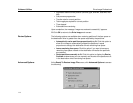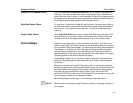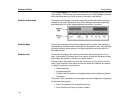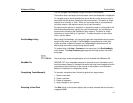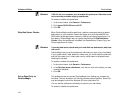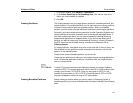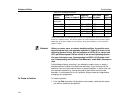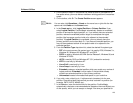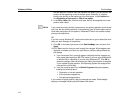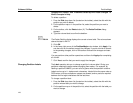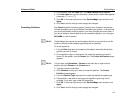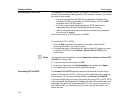
PartitionMagic
Software Utilities
121
1. In the main window, click
General > Preferences.
2. In the
Set as Read-Only for PartitionMagic box,
click the box next to the
disk(s) you want enabled or disabled.
3. Click
OK.
Creating Partitions
The Create operation lets you create primary partitions, extended partitions, and
logical partitions. On a single hard disk, you can have up to four primary partitions
or three primary partitions and one extended partition. Within an extended
partition, you can create unlimited additional subdivisions called logical partitions.
Generally, you should create primary partitions to install Operating Systems and
logical partitions for all other purposes, such as storing data and applications. If
you have multiple hard disks, you can improve speed by installing Operating
Systems and applications on separate disks. If you do not know what type of
partition you want to create, see “Understanding Partitions” in Basic Concepts in
the PDF version of the complete manual, located on the MRestore CD at
PQtools\userinfo
.
To create a partition, free space must exist on the hard disk. If there is none, use
Resize/Move to make partitions smaller and adjust their location until the free
space is in the desired location.
Always make sure the bootable partition is at the far left.
Creating a new partition can make your drive letters change, causing applications
not to run because application shortcuts, initialization files, and registry entries
refer to incorrect drives.
N
OTE
:
If using NT you must use the current Operating System conversion method to
convert to NTFS. This can be done from within in the OS in a DOS window (at the
prompt, type Convert C:\FS:NTFS). Once you have gone to NTFS it is not
possible to convert back to FAT or FAT32. Converting back to FAT or FAT32
requires reinstallation of the OS using a FAT table system.
Creating Bootable Partitions
Before creating a partition where you plan to install an Operating System (a
bootable partition), you should understand the information outlined in the following
table.




